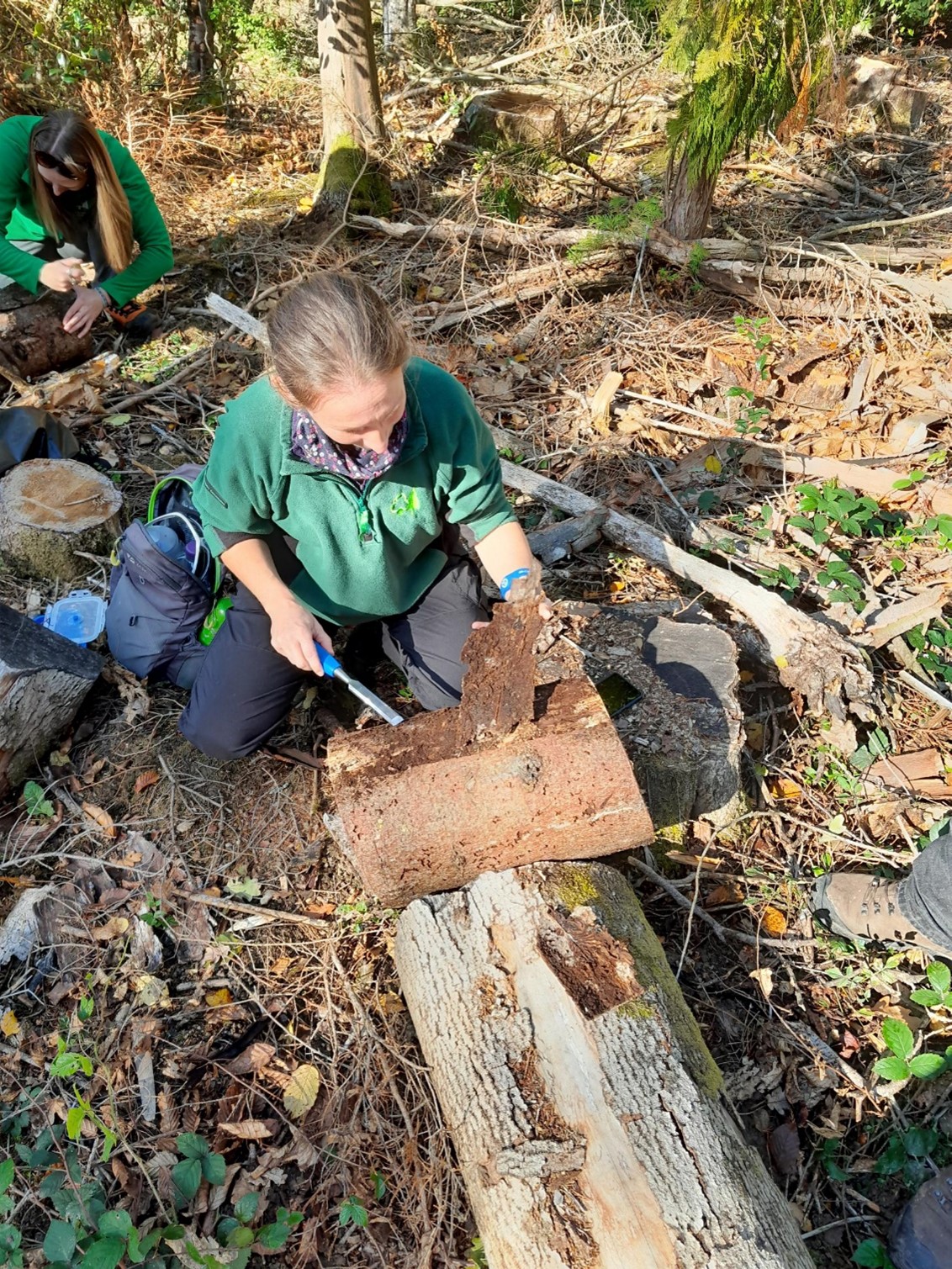Attacks on trees by invasive pests and pathogens, if left uncontrolled, can cause significant damage to the forestry sector across the UK, primarily the spruce and timber industries. However, values at risk can extend well beyond the commercial woodland and forest industries to include all types of rural woodland as well as urban trees. These resources are essential to a healthy, biodiverse environment, which in turn provides key ecosystem services and benefits to human health. Infestation by some pests, such as the emerald ash borer, can be fatal to trees, and once established can cause significant harm to woodland biodiversity and ecosystems, as well as to the timber industry.
This document describes and reports on the first year of activities undertaken for the Welsh Plant Health Surveillance Network (WPHSN), a ground-breaking Welsh Government funded project to monitor native and invasive pests and pathogens that may pose a threat to health of plants and trees across Wales.
A network of insect and spore traps placed at strategic woodland sites across Wales, coupled with state-of-the-art laboratory analysis by specialist Forest Research personnel, allows for the early detection, monitoring, and recording of the presence and/or abundance of insect and fungal species which may negatively affect our trees, woodlands, and forests.
Details are given of the project objectives, the key biological threats being monitored,
the trapping and analysis methodologies, interim results from the 2022 trapping season,
and recommendations are made for 2023 and beyond.

